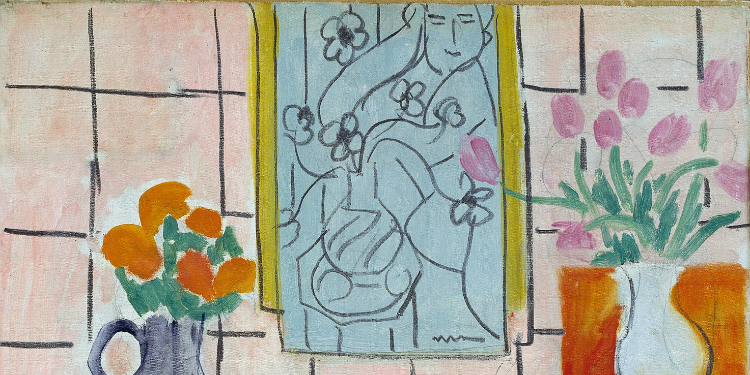Looted Matisse returned to Rosenberg family

A detail of Henri Matisse ‘Profil Bleu devant la cheminée’ (Woman in Blue in Front of a Fireplace)
The Rosenberg family have had one of the 460 works of art taken from them during Nazi persecution returned to them.
The painting ‘Profil Bleu devant la cheminée’ (Woman in Blue in Front of a Fireplace) by Henri Matisse, dated 1937 was stolen along with 162 other works on 5th September 1941. Art dealer Paul Rosenberg the original owner of the work managed to escape from Paris to New York with his family, which allowed the Nazi looting agency Einsatzstab Reichsleiter Rosenberg (ERR) to confiscate the work.
The Matisse painting had been on display in the Henie Onstad Kunstenter museum in Norway. Tone Hansen, Henie Onstad Kunstenter’s (HOK) director said “This painting has been in our collection since HOK was founded; it is a key work, important for both HOK and its patrons.”
Art Recovery International were responsible for working on this case to reach a suitable resolution for both the Rosenberg family and the Norwegian Museum. Chris Marinello the CEO of the Art Recovery Group said “This case illustrates the importance of Museums and cultural institutions undertaking comprehensive reviews of their collections”
The Rosenberg heirs presented documentation demonstrating that the painting was unlawfully dispossessed. Marinello said “Ultimately it was the strength of the moral claim that persuaded the HOK to restitute this painting unconditionally to the Rosenberg heirs.”
This is the first case of its kind in Norway. “Extensive investigation of the case has led to the decision that the return is justified” said Halvor Stenstadvold, chairman of the board of the museum. Norway was one of the countries that signed the Washington Conference Principles in 1998. The Washington Principles outline the guidelines for dealing with Nazi-confiscate art.
The Henie Onstad Kunstenter museum has now called for the formation of a national committee which would be charged with examining public collections. There are already existing programs similar to this in the Netherland, Germany and France.